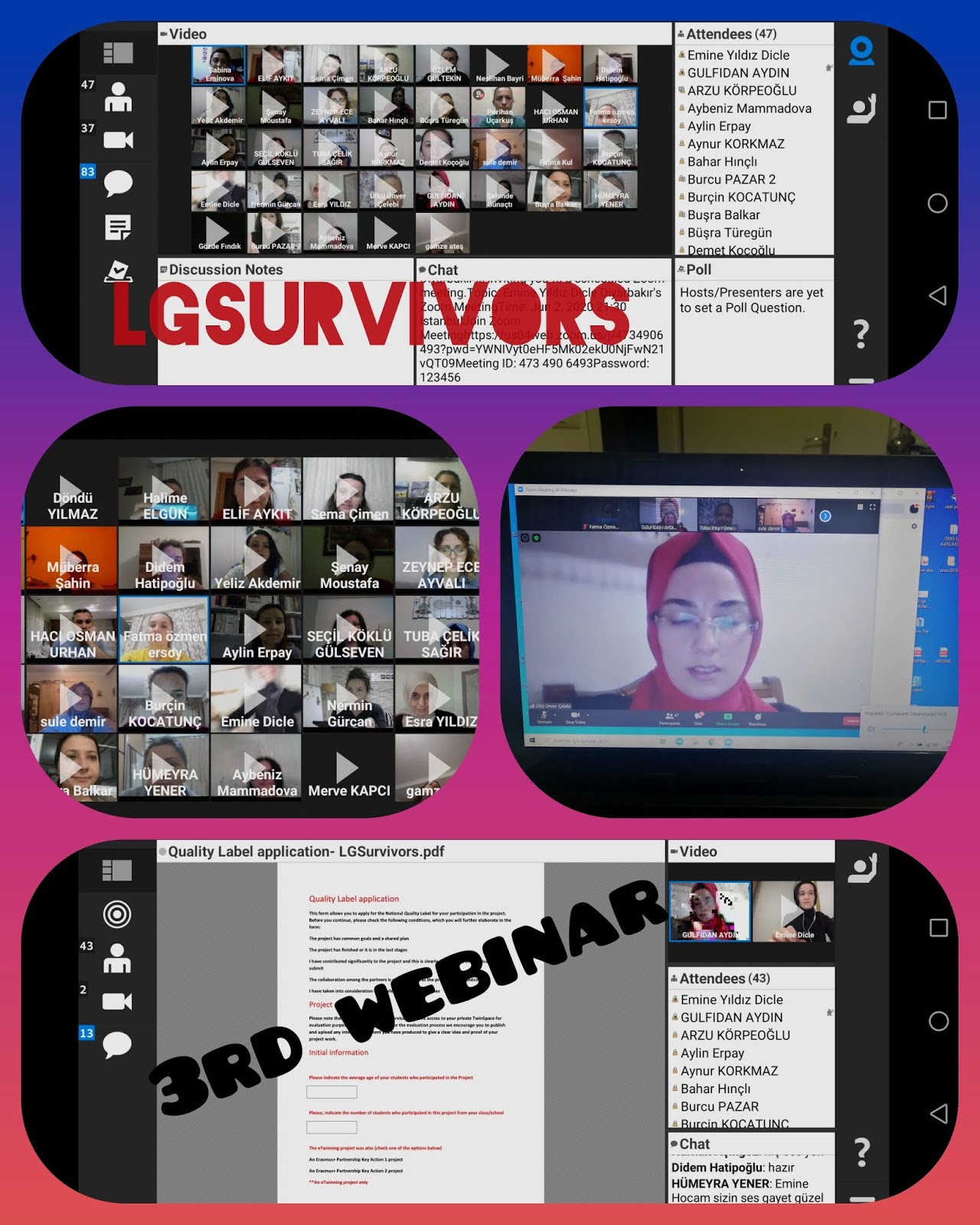
The large number and variety of publications on this topic is informative but might also be overwhelming to language teachers, and many teachers are at a loss as to how exactly to incorporate technologies into their daily practice despite being intrigued by all of these claims and findings on the promise of technology. constraints of technology in language education. So far, language educators and researchers have proposed quite a few theoretical conceptualizations of the potential of technology in language education and have conducted empirical studies exploring the affordance and. Read moreĬALLING ON CALL: FROM THEORY AND RESEARCH TO NEW DIRECTIONS IN FOREIGN LANGUAGE TEACHING.Lara Ducate and Nike Arnold (Eds.). This paper not only reviews the significance of schema, a term that refers toīackground knowledge in listening comprehension, but also demonstrates how itįacilitates and positively affects the process of understanding spoken discourse. Learners’ listening comprehension in the acquisition of the second language. These concepts are very closely related to It can be investigated under three main concepts: Linguistic schemata,įormal schemata, and content schemata. The schema theory does not have only oneĭefinition. have been conducted to reveal the importance of schemata in both Today broadly acknowledged in second or foreign language teaching and a number

This background knowledge known as ‘schematic knowledge’ is ‘interactive’ process in which the concept of background knowledge plays a very

Listening skill – once believed to be a passive skill - is today discovered to be an With recent developments in and studies of language teaching, the The core factor to keep the students attention after heavy repeated usage was found to be the competitive nature of Kahoot!. At large, the game-based student response system managed to boost students engagement, motivation and learning after using it repeatedly for five months. The results show a slight reduction in the students motivation and engagement, but the only statistically significant wear out effect found was related to classroom dynamics. The quasi-experiment focused on how the students' perception changed in relation to user-friendliness, engagement, motivation, classroom dynamics, concentration, and perceived learning. using Kahoot! in every lecture in a class for five months. More specifically, it compares the results from students using Kahoot! for the first time in a single motivational lecture vs. This paper shows the results from investigating the wear off effect of using the game-based student response system Kahoot! in classroom teaching.


However, the immediate positive effects might fade when the new learning technology has become familiar to the teacher and the students. The introduction of new learning technology in the classroom normally results in immediate enthusiasm and excitement both from the teacher and the students. The teachers' laptops connected to a video projector, access to wireless network and the students smartphones, tablets or laptops can be utilized to enhance the interaction between the teacher and students, as well as boost the students motivation, engagement and learning. The Bring Your Own Device (BYOD) wave and advancement in technical infrastructures and in learning technology opens for new ways of teaching in the classroom.


 0 kommentar(er)
0 kommentar(er)
